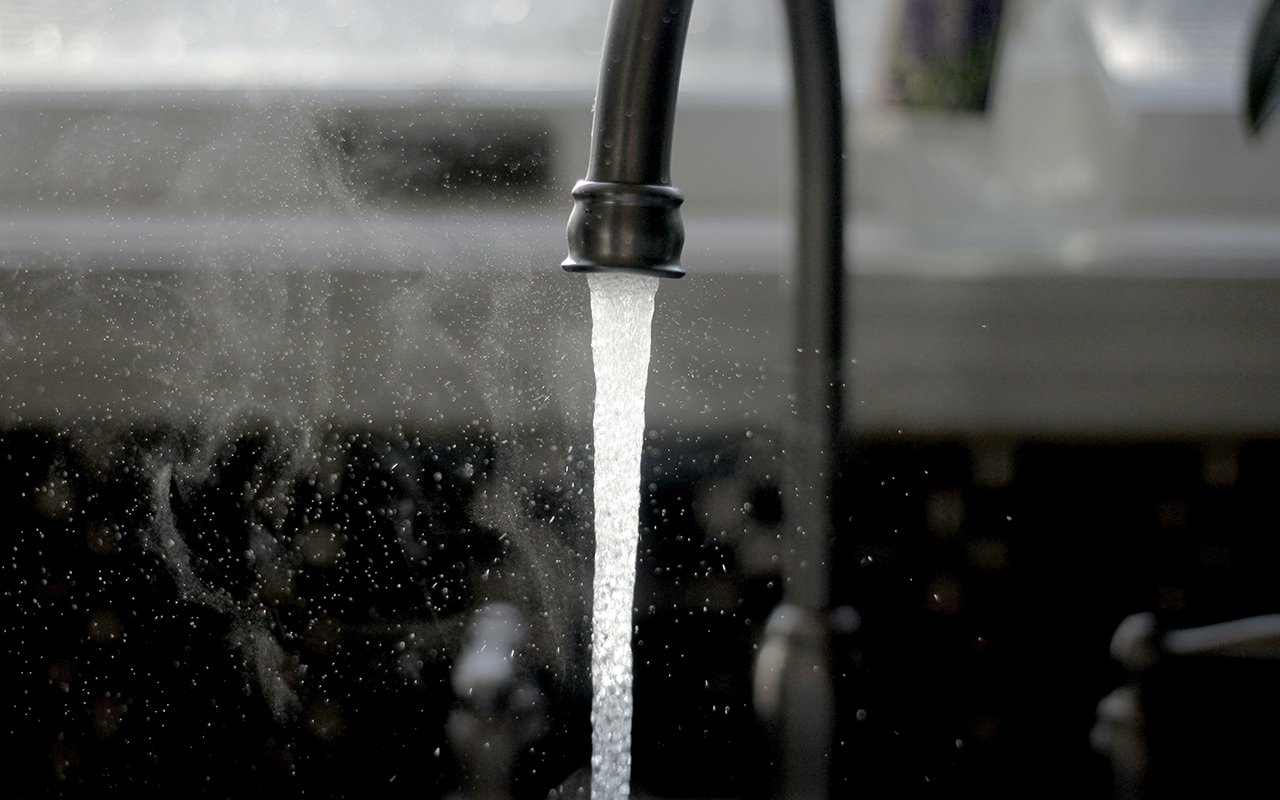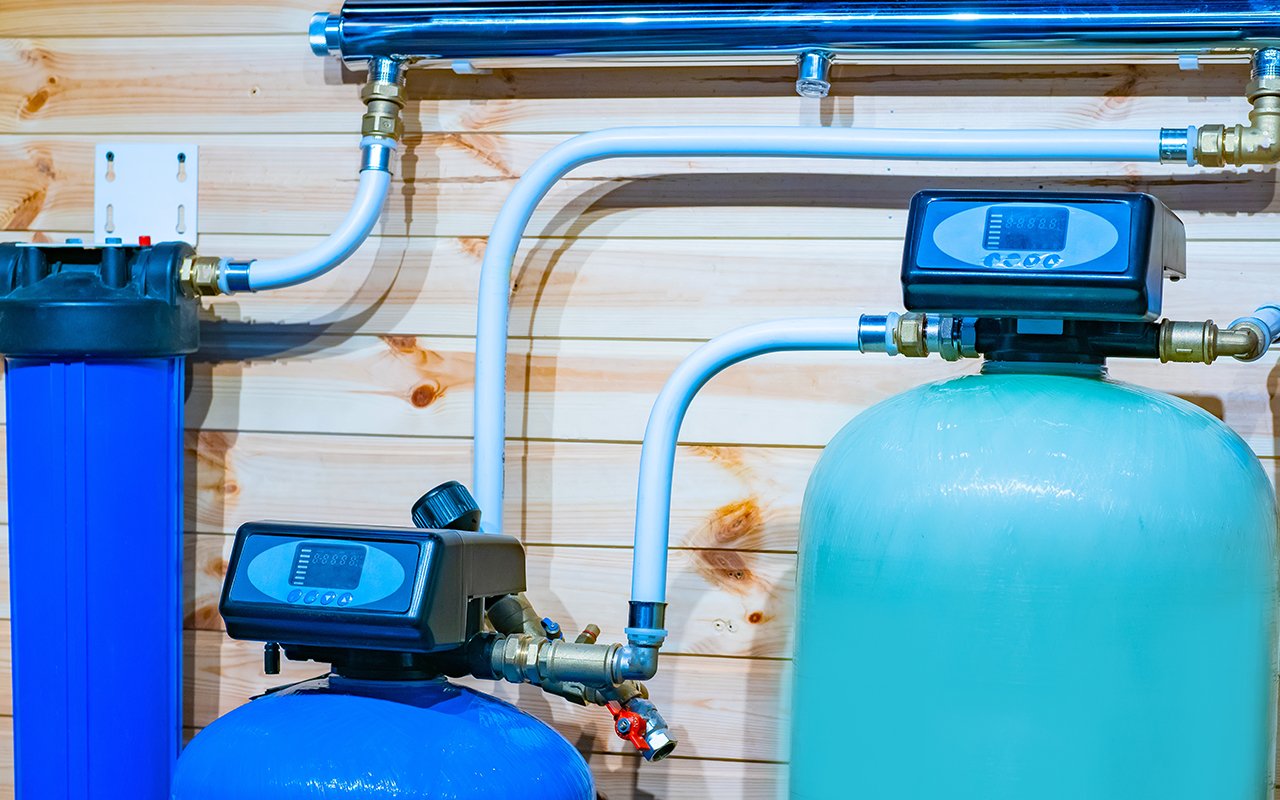
Water is a vital part of everyday life. We bathe in it, use it to water our plants, and, most importantly, drink it.
Clean water is a privilege and luxury many people on a public United States drinking water supply get to enjoy. But those who are in an area with poor water quality or a private well might need to take extra precautions to assure that their drinking water is safe.
Sometimes even water deemed safe under national safety standards could have some room for improvement as well. That’s where a household water treatment system comes into play.
When water from a private well or public water supply contaminants such as bacteria or extraneous minerals, a homeowner can purchase a household water treatment system. Not every filter serves the same purpose. Some are meant to make water safer to drink, others are simply just to make the water taste better. Whatever the case may be, the filter must be approved by the National Sanitation Foundation (NSF) in order to be a trustworthy system to install in your home.

To determine if you need a water treatment system and which kind you should install, you’ll need to figure out if your water is contaminated. In some cases, this might be obvious. An odor or mineral deposit issue is a surefire sign that your water could use some additional filtration. Contaminants such as bacteria or other potentially toxic substances will need additional testing to track down.
If you’re unsure what contaminants are in your water supply, you can pursue a laboratory-conducted quality test. Contact your local water authority to secure a copy of the consumer confidence report (CCR) on your water supply. If you can’t get a copy of your CCR or your water comes from a private well, you might need to get your water tested at an independent third-party lab.
When you get an idea of what contaminants might be in your water, you can start to shop around for the proper filter for the job. There are six main options to choose from.
Also known as ion exchange units, water softeners are tasked with removing minerals such as calcium and magnesium from a home water supply. Resin beads charged with sodium ions trap the undesirable minerals as water passes through. This process prevents “hard water” which can create scales in and around your water fixtures, pipes, and water heater.
The last thing you want swimming around in your water supply are bacteria, viruses, parasites, or fungi. Ultraviolet treatment systems work to address the presence of any living organisms within your home water supply. UV light penetrates the organisms’ DNA and renders them unable to reproduce further. This type of filter is most effective when paired with a sediment filter so the microbes can’t hide behind dirt and debris.
A sediment filter removes suspended solids such as sand, silt, dirt, and rust from water. While this type of filter is especially crucial for homes that use well water, it’s not a bad idea for those on a public water supply to invest in one too. Sediment filters use a screen to trap any unwanted material from flowing into your home.
You should change this filter every six months to one year.
You have an acidic water issue on your hands if it has a pH of less than 7. If left untreated, you’ll eventually start to notice stains, corrosion, and leaks around your plumbing. This is a common issue with well water. Acid neutralizers pass water through a tank full of calcite to neutralize the water. As the calcite dissolves, the alkalinity of the mineral will raise the pH levels.
Contaminants such as chlorine and dissolved metals such as lead, mercury, and nickel aren’t healthy to ingest in large quantities. Carbon filters are designed to remove these contaminants and other volatile organic compounds (VOCs) using a three-step process. First, it filters out sediments. Then it will use a copper-zinc blend to remove chlorine and metals. And last it uses a carbon filter to capture VOCs.
Another tool homeowners can use to remove contaminants is a reverse osmosis system. It works to remove sediment and chlorine through a 3 - 5 step process depending on the make and model of the system. First, the water will typically move through a sediment filter and a carbon filter. Next, the filter uses a semi-permeable membrane to remove 98% of total dissolved solids to leave behind safer, better-tasting water.
Do you think it’s time to look into installing a water treatment system in your home? We’re here to assist! WM Buffington can help you identify the contaminants in your water and develop the ideal treatment solution for your situation. If you’re in the Central Pennsylvania area and want to learn more about our services, don’t hesitate to reach out!